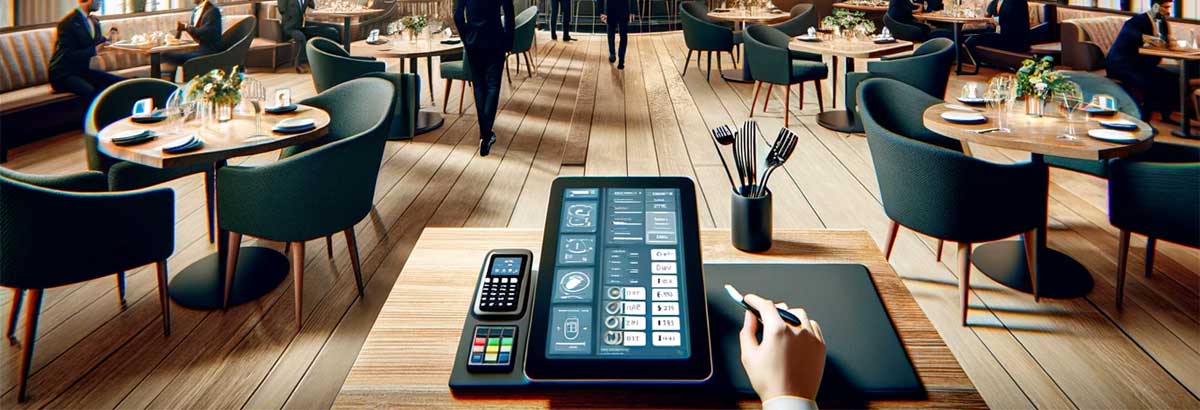The restaurant business is a challenging landscape. Not only is it fiercely competitive, but profit margins and success rates are notoriously low, while labor and capital costs are high. There’s an unrelenting pressure for restaurants to expand market share and increase revenues year after year. Failure to achieve this growth often means either remaining a small, local establishment or, more likely, going out of business.
Professional restaurant teams must excel in a wide range of disciplines. They need to be adept at raising capital, securing prime locations, managing both the front and back of the house, and consistently attracting fickle diners. Failure in any one of these areas can spell disaster for the entire restaurant. The numbers are sobering: according to a frequently cited study by Ohio State University on failed restaurants, 60% don’t make it past the first year, and a staggering 80% close their doors within five years.
One area that has helped leading restaurants gain a foothold and grow into multi-unit operations is technology. Management that can effectively utilize technology in the restaurant environment significantly increases their odds of success. These days, restaurant technology is permeating almost every aspect of the industry. These technologies include various Point-of-Sale (POS) methods and machines (touchscreen terminals, pay by phone, contactless payments), websites, kiosks, and even digital/bluetooth tracking and monitoring systems. However, perhaps the most valuable technology that most successful restaurants rely on is a Restaurant Management Software Suite (RMS).
The majority of the leading platforms began as simpler POS systems and are attempting to expand into full Restaurant Management Systems (RMS). An RMS helps restaurant owners and managers run their establishment from start to finish. Software in this category offers a comprehensive suite of features, including inventory management, POS, employee management, accounting, order management, reservations, and payroll. Additionally, RMS runs both the front and back of the house while providing back-office support and is specifically designed for restaurants or the foodservice industry.
Key Features of Restaurant Management Software
Numerous vendors offer stand-alone products (e.g., point-of-sale systems, employee scheduling systems, etc.), but buyers can gain efficiencies by purchasing an integrated RMS that combines several capabilities into a single product. These integrated systems offer a wide range of features, including:
Point-of-sale system: This is the core component of any RMS, allowing restaurants to process orders, accept payments, and track sales data.
Inventory management: This feature helps restaurants track stock levels, manage food costs, and prevent waste.
Table and order management: This feature allows restaurants to manage table assignments, track orders, and ensure efficient service.
Timesheet management: This feature helps restaurants manage employee schedules, track hours worked, and calculate payroll.
Menu setup: This feature allows restaurants to create and manage digital menus, including pricing, descriptions, and modifiers.
Software integration/APIs: This feature allows RMS to integrate with other software systems, such as accounting software and customer relationship management (CRM) systems.
Reporting/analysis: This feature provides valuable insights into sales trends, inventory levels, employee performance, and other key metrics.
Backoffice: This feature provides a centralized platform for managing all aspects of the restaurant business, including finances, HR, and operations.
By adopting an RMS, restaurants can streamline operations, improve efficiency, and gain valuable insights that can help them make informed decisions and achieve their business goals. Check out the top 5 software solutions:
- Offers a range of management and sales tools for single-site, multi-site, and online businesses.
- Integrates both physical and online sales channels.
- A user-friendly system integrating online ordering, curbside pickup, reservations, and more.
- Built to streamline restaurant operations and guest interactions.
- Built exclusively for restaurants and the food service industry.
- Provides features like online ordering, delivery, takeout, and contactless payments.
- A cloud-based solution that offers omnichannel ordering and fulfillment.
- Includes enterprise-grade hardware and contactless payment capabilities.
- An all-in-one POS and restaurant management system.
- Provides integrated solutions for front of house, back of house, and guest engagement.
While these systems provide robust management tools for restaurants beyond just point-of-sale functions, they are still largely classified as POS solutions rather than dedicated restaurant management systems (RMS). This is because the RMS software category remains relatively immature. Many products like TouchBistro claim to bridge both POS and RMS functionality, but they rarely encompass the full breadth of back-office capabilities larger restaurant groups require.
As the market matures, expect to see a clearer delineation between POS-centric offerings and those focused squarely on restaurant workflow orchestration, analytics, staffing, accounting, and the array of back-end support tasks core to enterprise operations.

